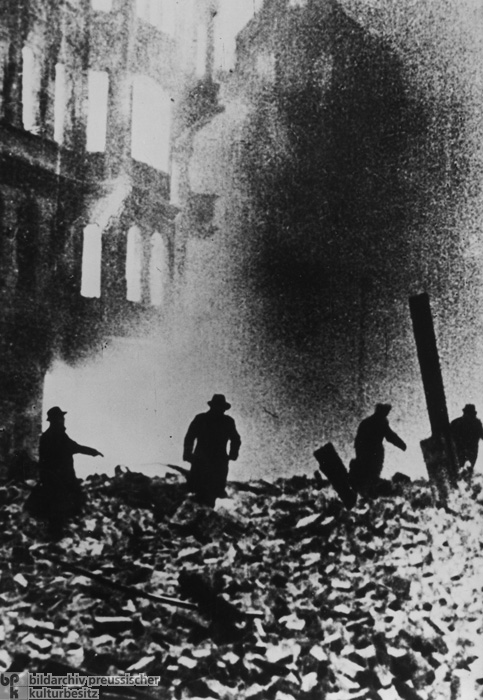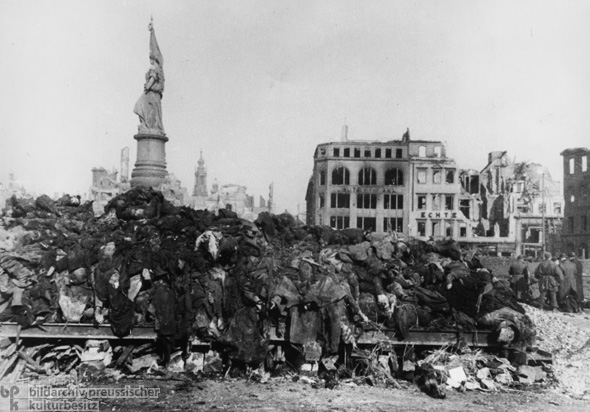













INTRODUCTION | DOCUMENTS | IMAGES | MAPS | EDITOR
|
Images - Region, City, and Countryside
|
||||||||||||||||||||||||||||||||||||
 return to chapter list
return to chapter list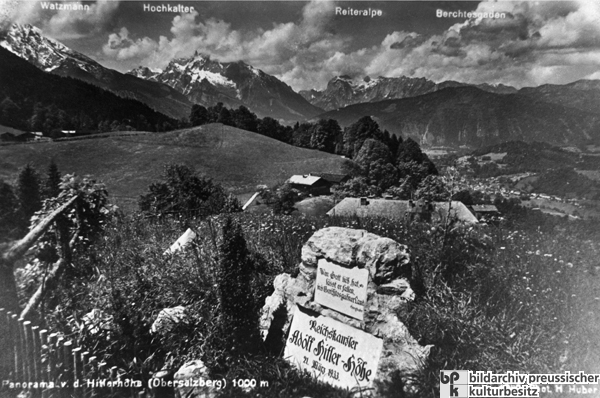
![Young Women and Girls from a Countryside Boarding School [<i>Landjahrheim</i>] in Finkenkrug, Brandenburg (1934)](/images/highres_30005317.jpg)
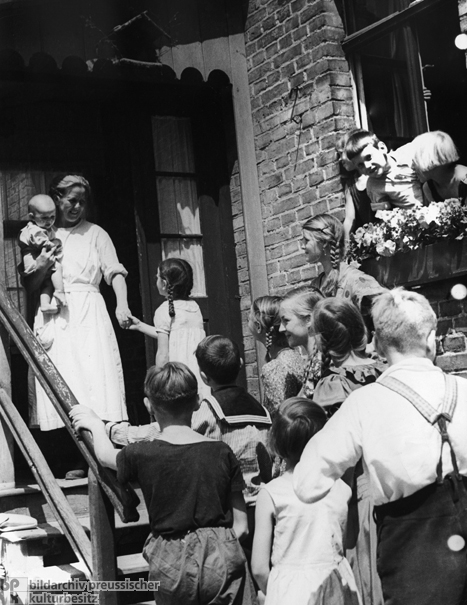
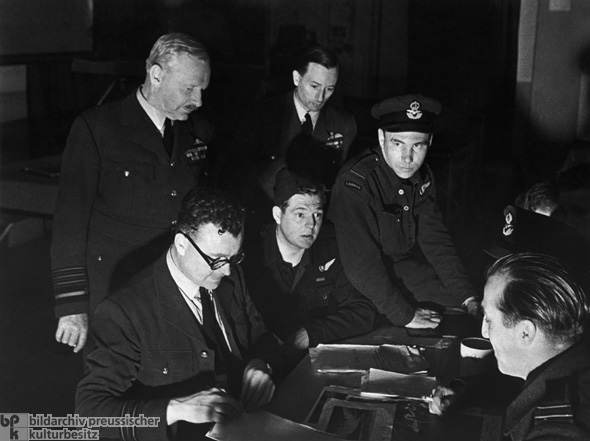

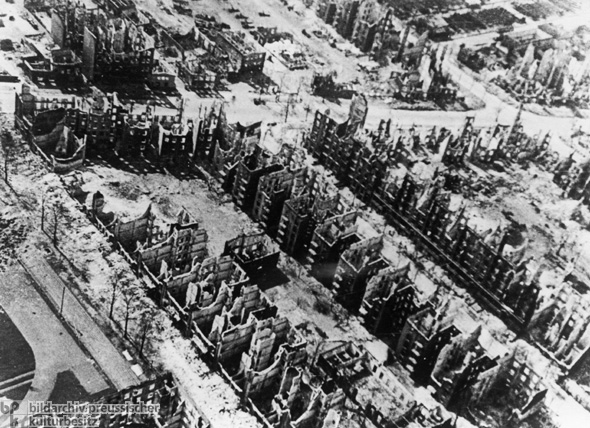
![Members of the People's Army [<I>Volkssturm</I>] with Weapons and a Battering Ram during an Exercise in Sanssouci in Potsdam (Fall 1944)](/images/highres_30002711 copy.jpg)
